Originally posted at: http://www.nerdfitness.com/

If you’re on a weight loss or fitness journey, you need to read this article.
Why?
Because tracking your body measurements and fitness progress can be crucial for getting in shape!
Those who succeed in transforming themselves are those who write everything down. As they say “That which gets measured gets improved.”
Or as we tell our 1-on-1 Online Coaching clients, “track the problem to crack the problem!“
Today, we teach you these life-changing habits:
- How do you measure fitness progress?
- How do you take body measurements?
- What should you measure for weight loss progress? (Your food)
- How do you know if you are making progress in the gym?
- Success Stories of people who tracked their progress
Let’s jump right in!
How Do You Measure Fitness Progress?

Does this sound familiar?
- You decide you want to get in shape.
- You go for runs every day for a week and try to eat less food.
- You step on the scale every day for a week and the numbers go down. Yaaaay!
- You go to a cookout on a Sunday, step on the scale on Monday, and it’s higher than before!
- You freak out, go crazy, and fall off the wagon.
- Lather, rinse, repeat.
I’d guess this is 80% of people who try and fail to get in shape.

Fortunately, you’re reading Nerd Fitness which means you’re most likely smart, incredibly good looking, humble, and aware that doing the same thing over and over again while expecting different results is the definition of insanity.
On top of that, you understand and value the importance of tracking your progress – as the saying goes “that which get measured gets improved.”
This is true specifically for these reasons:
1) Scales don’t tell the whole story. I’ve already covered my thoughts on scales. If you are training the right way (with an emphasis on strength training), your weight might not drop as fast as it would if you starved yourself and ran 20 miles a day.
Heck, you might be getting stronger and more muscular but the scale refuses to budge. Now, if you only had a scale as your ‘measuring stick,’ you’d probably get super discouraged and depressed at the lack of “progress.”
However, if you were tracking your body changes properly, you’d realize that you are making far more significant and healthier progress by doing things the right way. At the end of Saint’s journey to the Ab-promise land, his weight WENT UP while his body fat percentage went down. The scale can lie!

NOTE: the scale can also serve as a good “trend tracker” and I’ll cover that below – it was a key tool for me in losing 22 pounds over 6 months while building muscle.
2) You don’t know if you’re on the right path. Along with the scale not telling the whole story, it’s tough to tell if you’re losing the right kind of weight in the right kind of places.
There are so many other aspects to consider other than the number on the scale, including how you look, feel, and where the weight loss is coming from – your muscles or your stored fat.
It’s like driving cross country without a map, compass, road signs, or landmarks to use – how do you know you’re going the right way if you have no idea where you were or where you’re headed?
3) You don’t know how much you’re eating. If you’re overweight, you might think your metabolism is broken and you simply can’t lose weight. (Tracking some things will tell a different story). If you’re underweight and “can’t gain weight no matter what you eat,” you probably don’t realize how many calories you consume on a daily basis. We often have such a warped sense of reality when it comes to proper “portion size” and what constitutes a meal.
For example, this is a serving of carbs and fat:
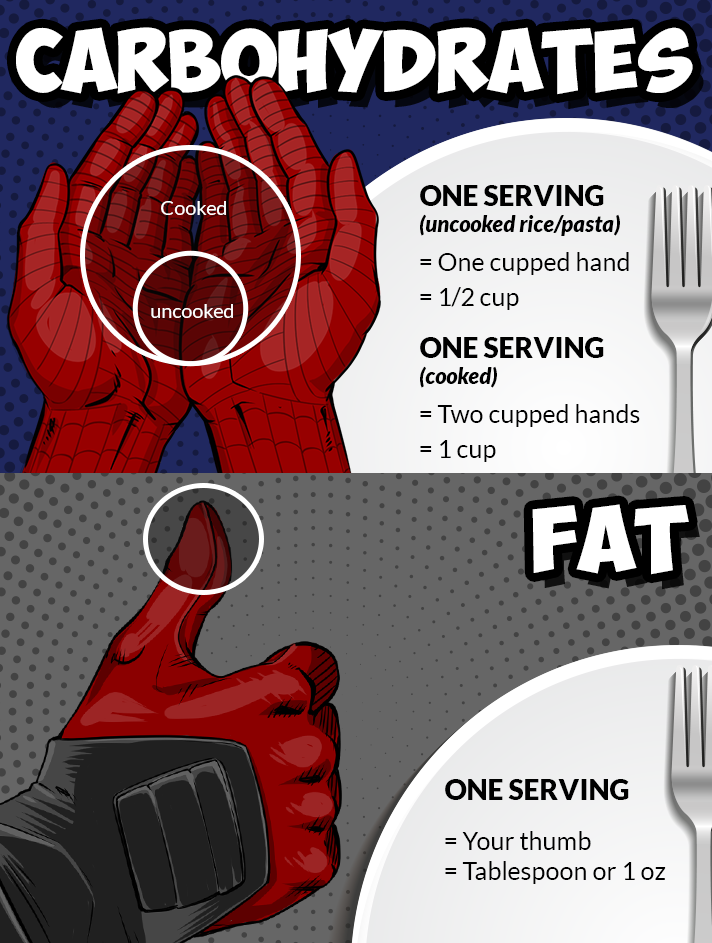
Taken from our Healthy Eating guide.
We need to be better informed on proper portion sizes.
4) You can’t tell if you’re getting stronger. Our bodies need to be constantly challenged in order to adapt and get stronger. If you do 3 sets of 10 push-ups every day for a year…you will just be really good at doing 3 sets of 10 push-ups and nothing more.
You need to constantly increase the difficulty of your workouts in order to get results.

This concept of “progressive overload” is the cornerstone of strength training. If you didn’t know how you did last time, how the hell are you going to know if you’re doing better this time?
That which is measured gets improved! I’m sure there are actual psychological reasons behind why this works, but I know that I get better results when I exercise if I know EXACTLY what I need to lift or how fast I need to run to get stronger and better. If I did 30 push-ups in a row last week, then this week I have “31! 31! 31!” emblazoned in my mind while doing them…sure enough, I’ll get to 31.
On top of that, if you’re constantly:
- Keeping track of what you eat
- Taking measurements
- Tracking your workouts
You will always be thinking “healthy!” and thus make healthier decisions on a more consistent basis.
Hopefully, at this point you’ve at least come to the conclusion that maybe you should start tracking your progress. “Yes Steve, I have seen the light and I’m ready to start tracking my progress…tell me what the hell I need to do!”
PERFECT. Here’s how to do it.
How Do You Take Body Measurements?

THE NUMBER ON THE SCALE DOES NOT DEFINE YOU! When you strength train and eat properly, your body tends to only shed fat while keeping the muscle you already have. I deep dive into the subject in the article “Can you lose weight and gain muscle at the same time?”
Compare that to crash dieting and hours of cardio where your “weight loss” will be greater, but you’ll be losing both muscle and fat (and leave you looking and feeling like a weakling).
By tracking your body composition in more than one way, you’ll have a more accurate view of what’s working and what’s not working with your training. If after a few weeks you’re not losing the right kind of weight, you’ll know that you need to make some adjustments.
Before we get into metrics, let’s set one ground rule: Don’t track everything on a day-to-day basis.
Our bodies are incredibly complex pieces of machinery where all kinds of crazy stuff happens all day and all night.
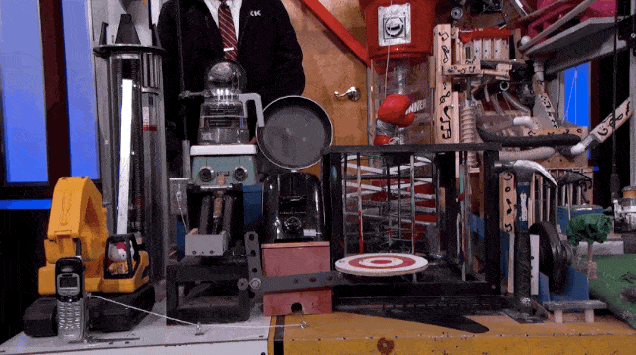
Our weight can fluctuate by many pounds over the course of a day. Measuring EVERY day can promote an unhealthy OCD behavior where every tiny little change will be scrutinized and blown out of proportion.
So measure yourself once a week at the same time under the same conditions. I advise after you wake up and before you eat breakfast.
Depending on your schedule, I’d either pick Friday or Monday mornings to track all of your measurements – if you tend to let yourself go on the weekends, I’d advise doing your measurements on Friday morning so that you’ll have a whole week to get back on track and see long-term changes.
Here are the best ways to track yourself OTHER than a scale:
1) Take a front and side picture – My favorite method. Stand in front of a mirror in a bathing suit or your underwear with your cell phone camera and take a picture.
Then turn to the side and take another picture of your profile view. Just take the picture, hide it in a folder on your computer, and add to it once a week.
You live with yourself (duh), so it’s tough to notice changes on a day-to-day basis. However, if you have two months of week-to-week photos to look back on, you’ll be able to tell if your body is transforming in the right way.
2) Take body measurements – Go to a craft store and buy a cheap tape measure or buy one of these self-help tape measures. Make sure your measurements are taken under the same conditions each time.
Also, make sure you measure the same location each week – kind of weird, I know, but I pick freckles on my arms and legs so I know exactly where to measure each week.
Take a circumference measurement at each of these spots and write it down:
- Neck (for most people, this is the thing that connects your body to your head).
- Shoulders (both arms down at your side, at the widest point from shoulder to shoulder).
- Chest (lift up your arms, wrap the tape measure around your chest, just above the nipple, and then lower your arms).
- Bicep (either left or right, but be consistent).
- Waist (at the belly button for consistency).
- Hips (measure the widest part of your hips).
- Thigh (left or right, but pick the same spot on your thigh each week).
3) Measure your body fat percentage – This one is a little tricky depending on your resources and financial situation.
Your best bet would be to purchase a simple body fat caliper if you’re strapped for cash.
If you want to be more accurate, pay $40-60 per visit and get your body fat tested at a Bod Pod Location – a wise investment once a month (or every other month) to make sure you’re on the right path.
I am NOT a fan of body fat calculators that are built into your scale as I find them to be wayyyy too hit and miss.
Important info about body fat percentage tracking: no test is truly 100% accurate, and the specific number isn’t nearly as important as how it’s changing from month to month.
You can at least make sure you measure it the same way each time to measure if it’s trending in the right direction.
What Should I Measure for Weight Loss Progress? (Your Food)

Are you aware of how many calories you eat on a daily basis? When I talk to somebody who is trying to gain weight/lose weight, the response is the same: “I eat enough for my goals, but I’m not getting results…I guess it’s genetics!”
Unfortunately, 99% of the time, it’s usually ignorance and not genetics. It’s a subject we tackle in-depth in the article “Why can’t I lose weight?”
Unless you’ve taken the time to actually count calories for a few days of your normal eating schedule, you probably have no freaking clue how many calories you eat!
Want a rough idea on the number of calories you should be eating? Calculate your caloric needs right here.

You CAN’T outrun your fork – 80% of your successes or failures will be a direct result of how you eat.
Although the quality of your calories consumed is incredibly important, the quantity of calories you consume is the first thing that needs to be fixed.
Think of your stomach as a muscle that adapts to its surroundings. If you continually shovel 4000 calories down your throat, your body will start to crave 4000 calories even though it doesn’t need that many.
Most people eat the same few meals over and over again on a weekly basis – I do. For that reason, I don’t think it’s necessary for you to track ALL of your calories EVERY day for months and months. However, I think spending a week writing down every calorie is incredibly important for your education and awareness on what you’re eating.
I’m talking every freaking calorie: that half of a Kat Kat bar at Judy’s desk when you stopped by to grab some cover pages for your TPS reports, the handful of M&M’s you ate while watching 30 Rock reruns on Netflix, the five cans of Coke you drank while finishing up that late night project, and the six beers and three slices of pizza you crushed to celebrate afterwards.
Every. Single. Calorie.
Once you have an idea of how much you eat regularly, take a look in the mirror. Do you like how you look? If so, GREAT! Keep doing what you’re doing.
If you’re not making progress AND you’re tracking your calories, congrats! No, your body isn’t broken. You need to get better at tracking. Consider getting a food scale, and making sure you have your portion sizes correct!
TO LOSE WEIGHT: Start by eating slightly less than you’re used to (so you’re not miserable), and training your stomach to expect less. You can also look into Intermittent Fasting.
Once you have your numbers under control, you can start making some other healthy changes.
We’ve actually factored all of this stuff in, and created the 10-level Nerd Fitness Diet – pick the level you’re comfortable with, then follow the instructions in our strategy guide (free when you sign up in the box below), and level up your nutrition (and your physique) permanently!
- Follow our 10-level nutrition system at your own pace
- What you need to know about weight loss and healthy eating
- 3 Simple rules we follow every day to stay on target
I understand writing down your calories can be a pain in the ass, which is where sites like MyFitnessPal come in handy. They all have massive food databases that allow you to simply plug in what you ate (Big Mac, one apple, a gallon of Ben & Jerry’s ice cream, etc.) and it keeps track of calories, protein, carbs, and fats for the day.
If you eat out frequently, you’ll have to do some research – go to the restaurant’s website and they’ll probably have nutritional information on there. If they don’t have it online, do your best to estimate by picking a similar meal option on one of the sites listed above and use its meal information instead.
It doesn’t have to be perfect, but tracking your food for just a few days could be one of the most eye-opening experiences you have when it comes to getting in shape.
Write it down, sucka!
For more help on counting calories, check out our guide on “calories in, calories out.”
How do you know if you are making progress in the gym?

“Would you tell me, please, which way I ought to go from here?”
“That depends a good deal on where you want to get to,” said the Cat.
“I don’t much care where–” said Alice.
“Then it doesn’t matter which way you go,” said the Cat.
When you exercise, do you know what you need to do to be better? Do you know exactly what you’re going to do and how long it should take you?
Or do you kind of wander around the gym like a lost sheep, trying to figure out which machines look fun to use that day? If you’re serious about getting in shape, you need to start tracking your workouts.
Think of it like racing your ghost in Mario Kart: when you can see how you did last time, you know exactly how much better you need to be this time!
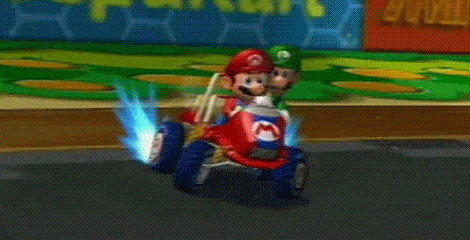
Here’s how to track your workouts:
- If you did 3 sets of 10 push-ups last week for a total of 30 push-ups, you need to be able to do 31 total push-ups this week to be stronger.
- If you did squats with 135 pounds last week, this week you better be squatting 136 pounds or more
- If you did 3 pull-ups last week, you know you need to get to 4 this week if you want to be stronger.
Have a plan, know what kind of results you need to get in order to be better today than you were yesterday, and then GET THERE!
You can certainly use any of the sites listed above for diet tracking to keep track of your workouts too, but I’m a huge fan of strength training, so I just track my workouts in Evernote. It’s this simple tracking method that got me to deadlift 400+ pounds.
I always know exactly how I did in my last workout so that I know what I need to do in this workout to get stronger.
I’ve been working with an online fitness coach for 5+ years – he can see my progress and then create the next workout that is sliiiightly more difficult.
As we’ve learned from the Spartans, “appearance is a consequence of fitness.” If you are focusing on getting stronger and faster, taking a more active role in how you eat, and you are consistently tracking your progress to make sure you are heading in the right direction, you WILL get the results you’re after.
A quick note: strength training has transformed my life and the lives of every success story at Nerd Fitness. If you want to transform like them, and you’re interested in strength training but don’t know HOW to get started, we’re here for you!
Walking into a gym can be intimidating, especially if you’re not used to using the free weights section. Knowing how to eat for your body type and goals can be overwhelming too.
We remove all of that guesswork in our 1-on-1 Coaching Program, where our coaches get to know our clients, build custom workout programs for them, help adjust their diet in a way that doesn’t make them miserable, and gets the permanent results!
You can schedule a free call and learn more over on our the coaching page by clicking below:
Success Stories of People Who Tracked Their Progress
We’ve had some incredible success stories here at Nerd Fitness.
Guys like Saint who dropped 60 pounds of fat and got in shape for his wedding:
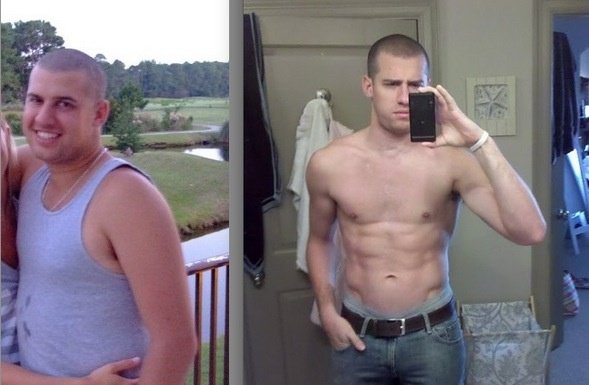
And women like Staci who started strength training and transformed her life:
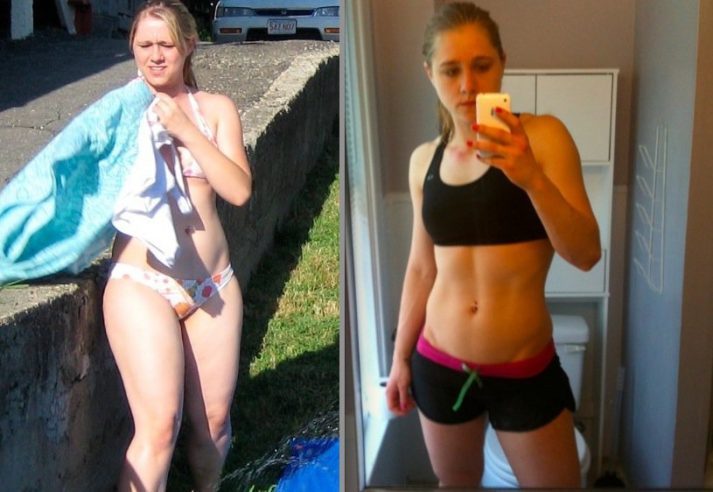
Or Leslie a single mom who lost 100+ pounds since she started her Journey with Nerd Fitness:
These are just three examples of hundreds and hundreds I could share with you.
Some people gained strength and muscle while others lost tremendous amounts of weight and body fat; despite the differing goals and vastly different results, they all made one specific change that helped them truly get the results they wanted:
They wrote everything down: their measurements, their food intake, and their workouts.
If you’re serious about making changes to your life and getting in shape, I cannot stress enough the importance of tracking your progress, and I don’t mean just stepping on the scale every morning and freaking out every time it goes up 1/10th of a pound. I’m talking about a plan that allows you to find and stay on the right path.
Luckily, I’m here to help you start putting these practices in place TODAY.
I bet you’re here because you’re interested in transforming and losing weight like Saint and Staci and Leslie above. I know how tough this stuff is – it’s not just KNOWING what to do, but ALSO knowing how to do it correctly and sticking with the plan for months.
There’s nothing worse than walking into a gym and not knowing what you’re doing, or spending months training only to realize that you’ve been training the wrong way the whole time! K
Knowing how to exercise, and then getting yourself to actually follow through with the program long enough to get permanent results is brutally difficult.
If you’re ready to cut through the noise and you’re looking for guidance, accountability, and personalized attention, check out our 1-on-1 Coaching Program! We’ve been helping busy people like you (and Leslie above, a coaching client!) get results in a healthy, sustainable, non-miserable way.
You can learn more about our coaching program by clicking on the image below and scheduling a free call with us to learn more:
Your turn:
How are you tracking your progress?
Have you made adjustments to your plans after tracking your results?
Do you have any questions on how to properly track your body, food, or workouts?
That’s what I’m here for. Well, that and comedic relief.
Let me know in the comments!
-Steve
PS: If you’re looking for EVEN MORE instruction and guidance, check out Nerd Fitness Prime.
Nerd Fitness Prime contains at-home exercise routines, live-streamed workouts with NF Coaches, a supportive online community, group challenges, and much more!
Plus, you can even chat with me in our private Discord group!
###

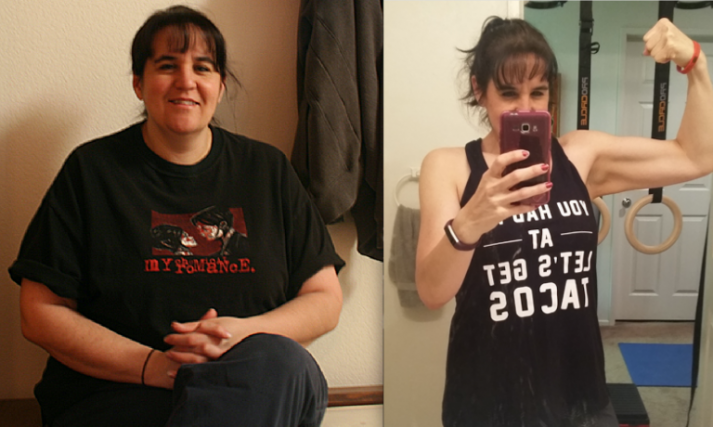

 Whenever I’m strapped for time and equipment and still need a solid workout, I turn to the burpee.
Whenever I’m strapped for time and equipment and still need a solid workout, I turn to the burpee. 




 The low-carb community was pretty pumped when coffee shops first started to serve sous vide egg bites. Until then, most breakfast options came between a couple of slices of a bagel or croissant. Coming in around $5 for two little egg bites, it was only a matter of time before people started looking for make-at-home versions.
The low-carb community was pretty pumped when coffee shops first started to serve sous vide egg bites. Until then, most breakfast options came between a couple of slices of a bagel or croissant. Coming in around $5 for two little egg bites, it was only a matter of time before people started looking for make-at-home versions.


 Cover the mouth of each mason jar with a small piece of foil. If you are using an egg mold, cover them with the accompanying lid (if oven safe) or with foil.
Cover the mouth of each mason jar with a small piece of foil. If you are using an egg mold, cover them with the accompanying lid (if oven safe) or with foil.



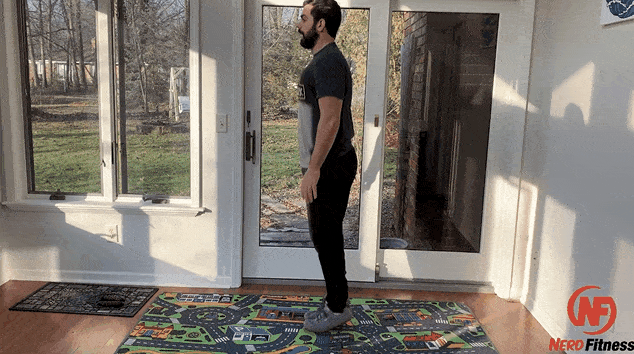
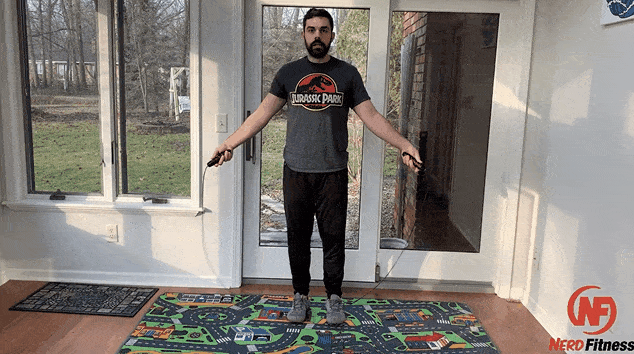
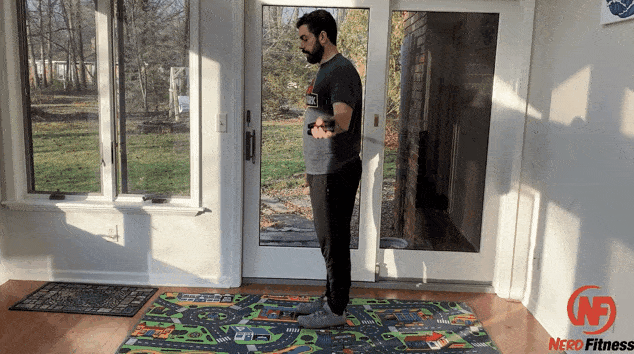
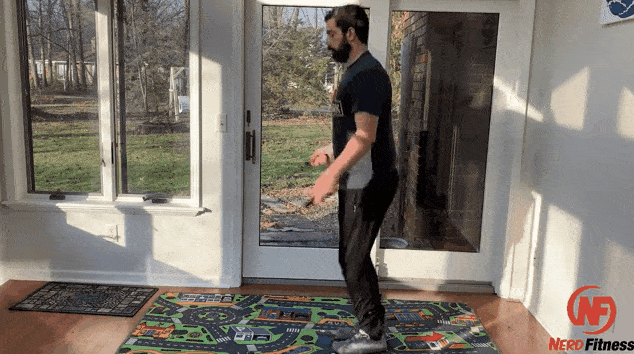
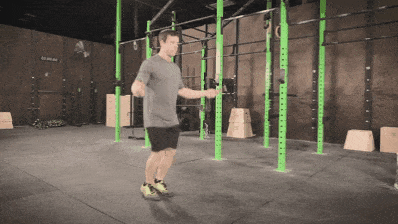


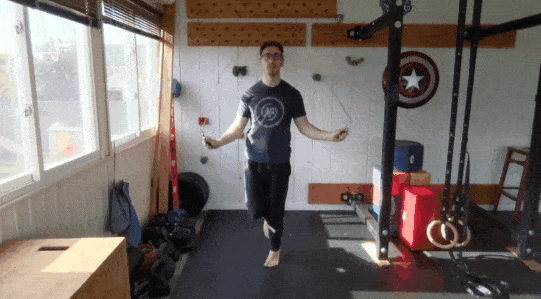
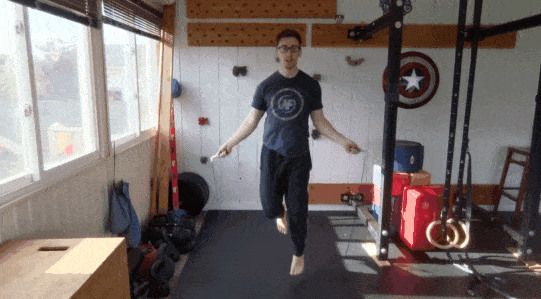
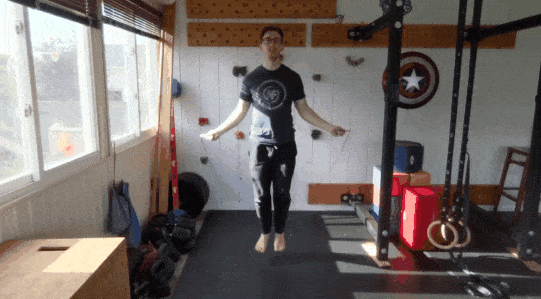
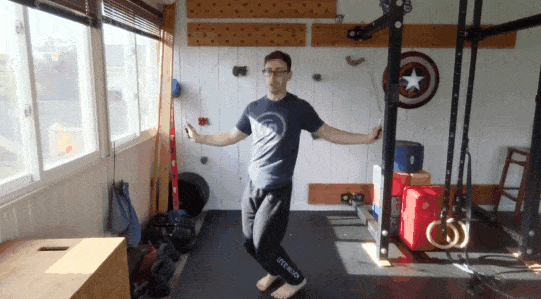
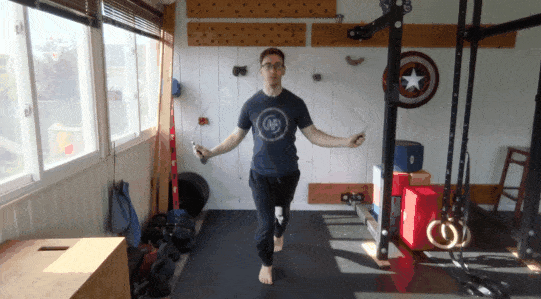
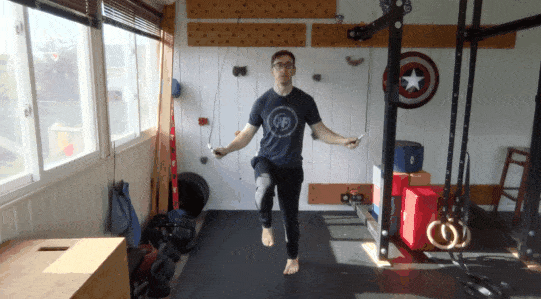
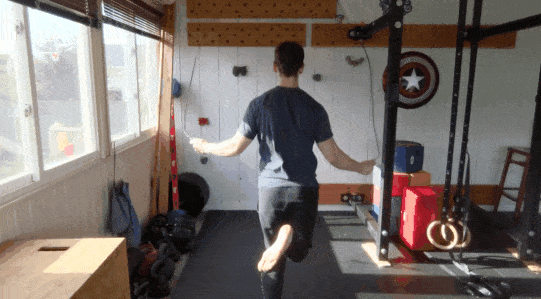
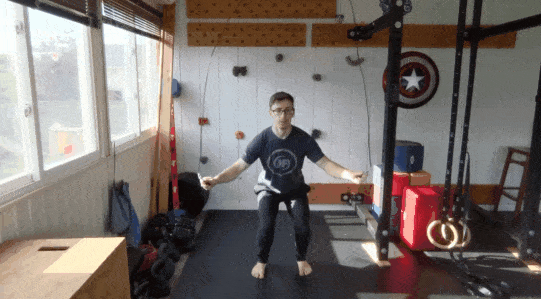
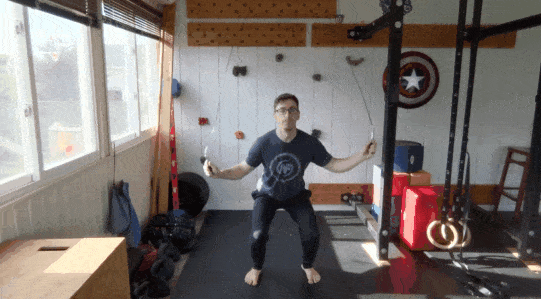
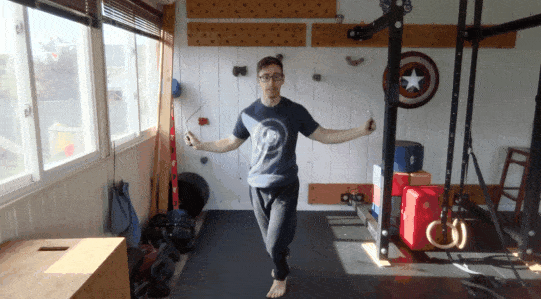
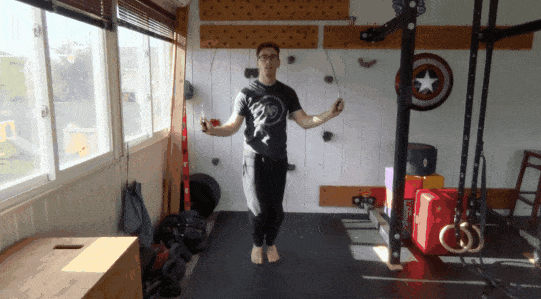
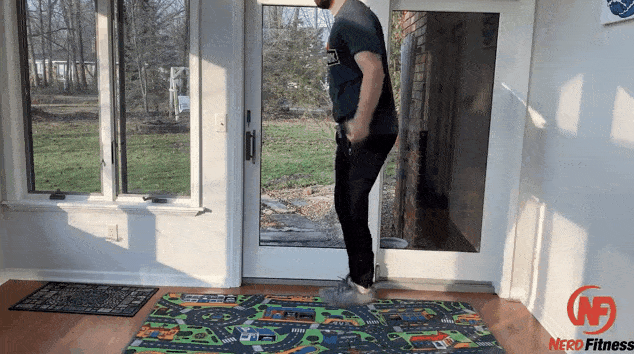

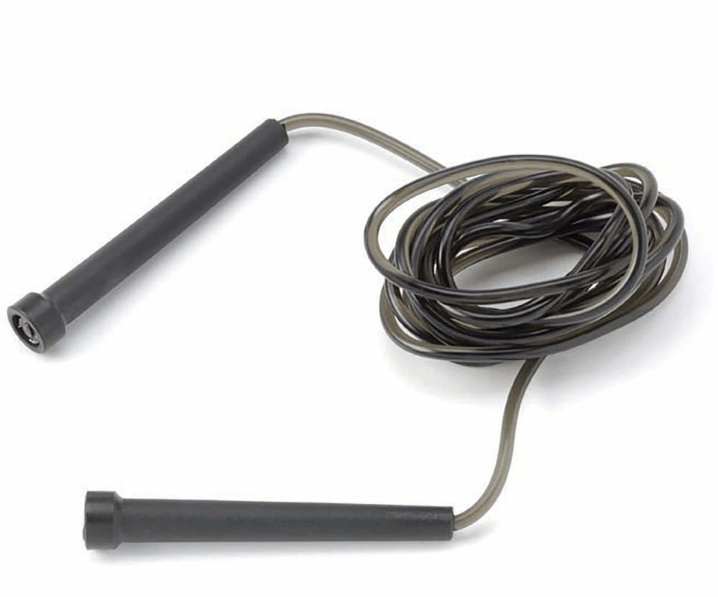
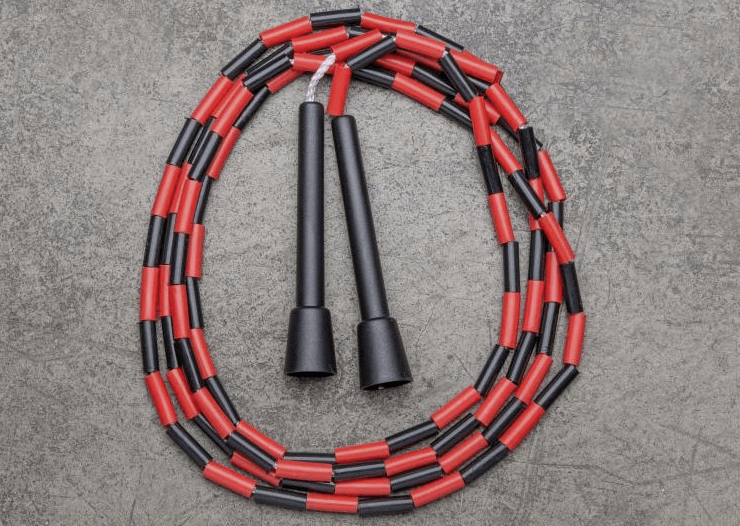
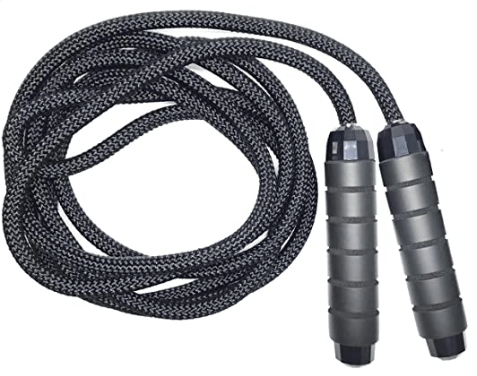
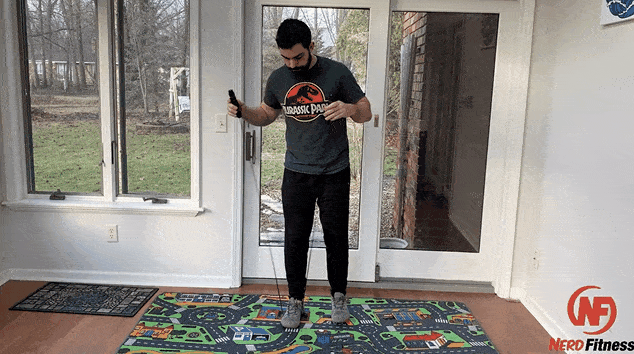





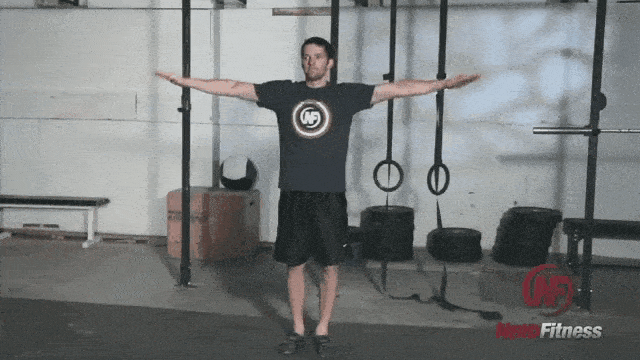
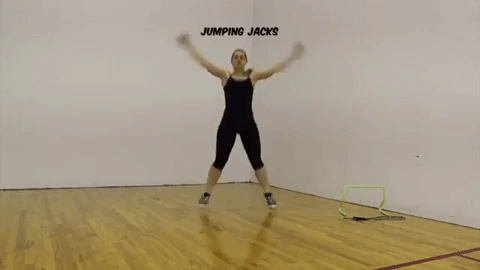
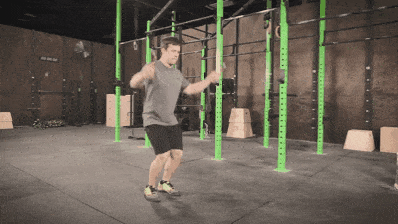
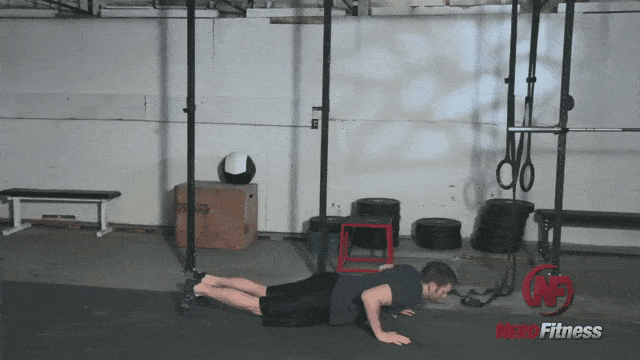

 For now classes are 6pm and 640pm at 2840 Wildwood st in the Boise Cloggers studio.
Book your class NOW!
click this ==>
For now classes are 6pm and 640pm at 2840 Wildwood st in the Boise Cloggers studio.
Book your class NOW!
click this ==>








